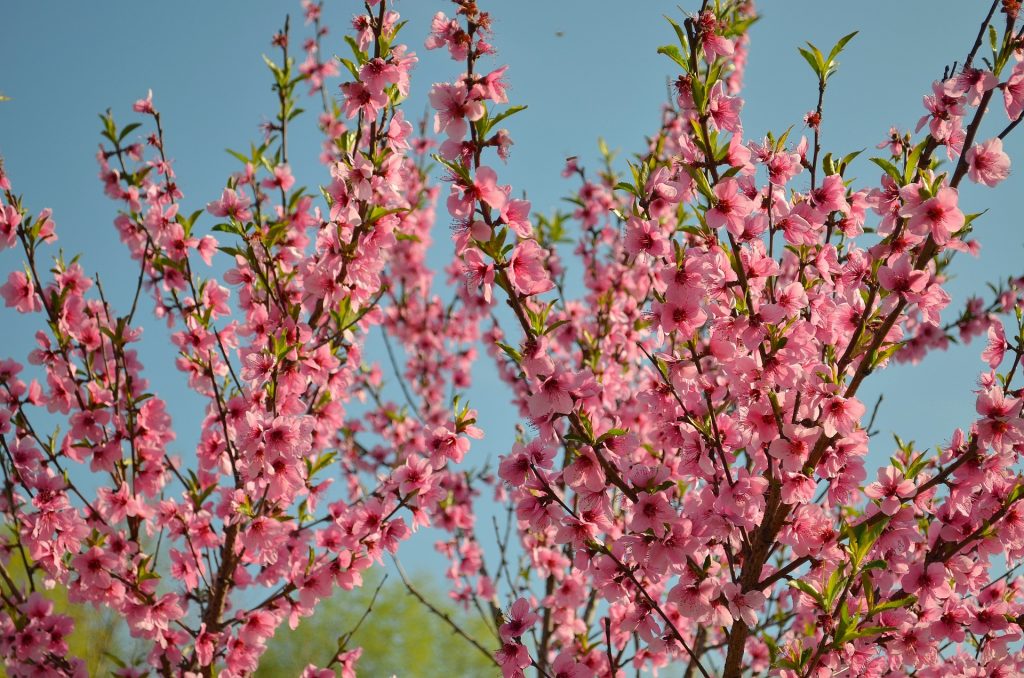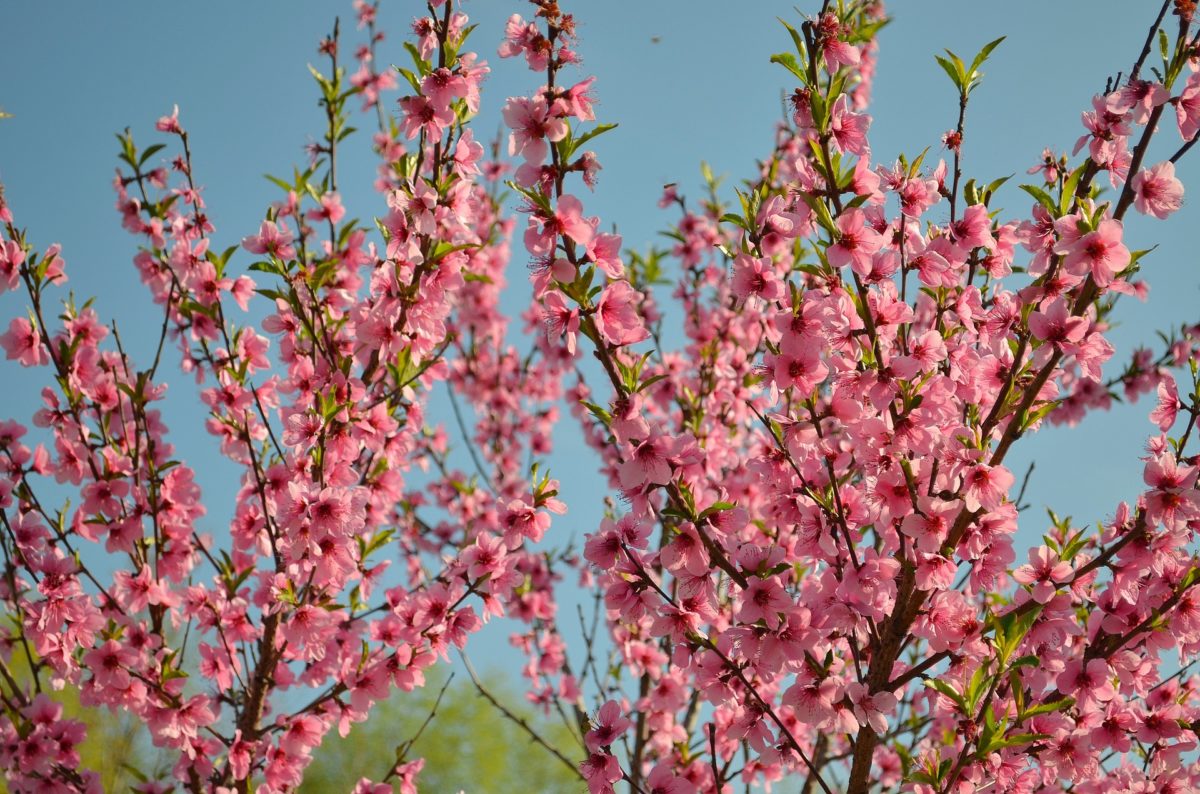
Early-developing varieties of peaches took a hit from recent freezing temperatures. Some parts of Alabama reached temperatures as low as 21 F from March 4 to 7. Depending on the area and conditions, early peach crops could be affected by this stretch of freezing weather.
Edgar Vinson, an Alabama Extension commercial horticulture specialist, said early varieties took the major hit because they were further along in bud development.
“The more advanced a flower bud is in development, the less tolerant it is to exposure of low temperatures,” Vinson said. “The early-season peach crop was the most affected by the low temperatures because they were more advanced in flower development.”
Damage to Crops
Gary Gray, an Alabama Extension commercial horticulture regional agent located in central Alabama, said while varieties that were in bloom or had previously bloomed had the most damage, buds that had not yet opened mostly survived.
“Peach trees not yet pruned were later developing than pruned trees of the same variety,” Gray said. “We see better survival on unpruned trees and varieties with higher chill requirements. These are not as advanced in their bloom development. While we’ve had significant damage in our earlier developing varieties in central Alabama, we still have potential for a good peach crop here, especially in the mid-season and later developing varieties and orchards.”
Doug Chapman, an Alabama Extension regional agent located in north Alabama, said even with the freezing temperatures, crop numbers are still fairly high.
“Overall, some of the lower chilling varieties that were at or beyond 50 percent bloom were lost,” Chapman said. “Other higher chilling varieties suffered little to no loss. We’ve still got about an 80 percent crop.”
Thinning
Growers must thin or remove most of the flowers peach trees produce from the tree. This allows the trees to produce fruit of the size and eating quality that people associate with Alabama peaches. Peach growers generally allow approximately 10 percent of the original flowers or fruit to remain on a tree.
Vinson said low temperatures, like the ones we experienced, provided some natural flower thinning.
“Peach trees generally produce many more flowers than are actually needed for a successful crop,” Vinson said. “The early-season varieties received the most natural thinning by these low temperatures so we are likely to see fewer of these peaches on the market.”
Looking for Damage
Vinson, who is also an assistant research professor in Auburn University’s Department of Horticulture, explains how producers should look for damage to their peach crops.
“To assess cold damage, make a cross section of the ovary of the flower. If the interior of the ovary is green or greenish yellow, then that flower is viable. If the interior of the ovary is black or any shade of brown, it is non-viable,” Vinson said. “In order to assess the overall damage, growers should dissect hundreds of buds to arrive at a percentage of viable flower buds. This number can be helpful to the peach grower in the assessment of the potential peach crop.”
More Information
For more information about Alabama peach crops, visit Alabama Extension online at www.aces.edu or contact your local commercial horticulture agent.
Source: Alabama Cooperative Extension System
Image credit: Peach tree in bloom/by Роман Владимирович from Pixabay










